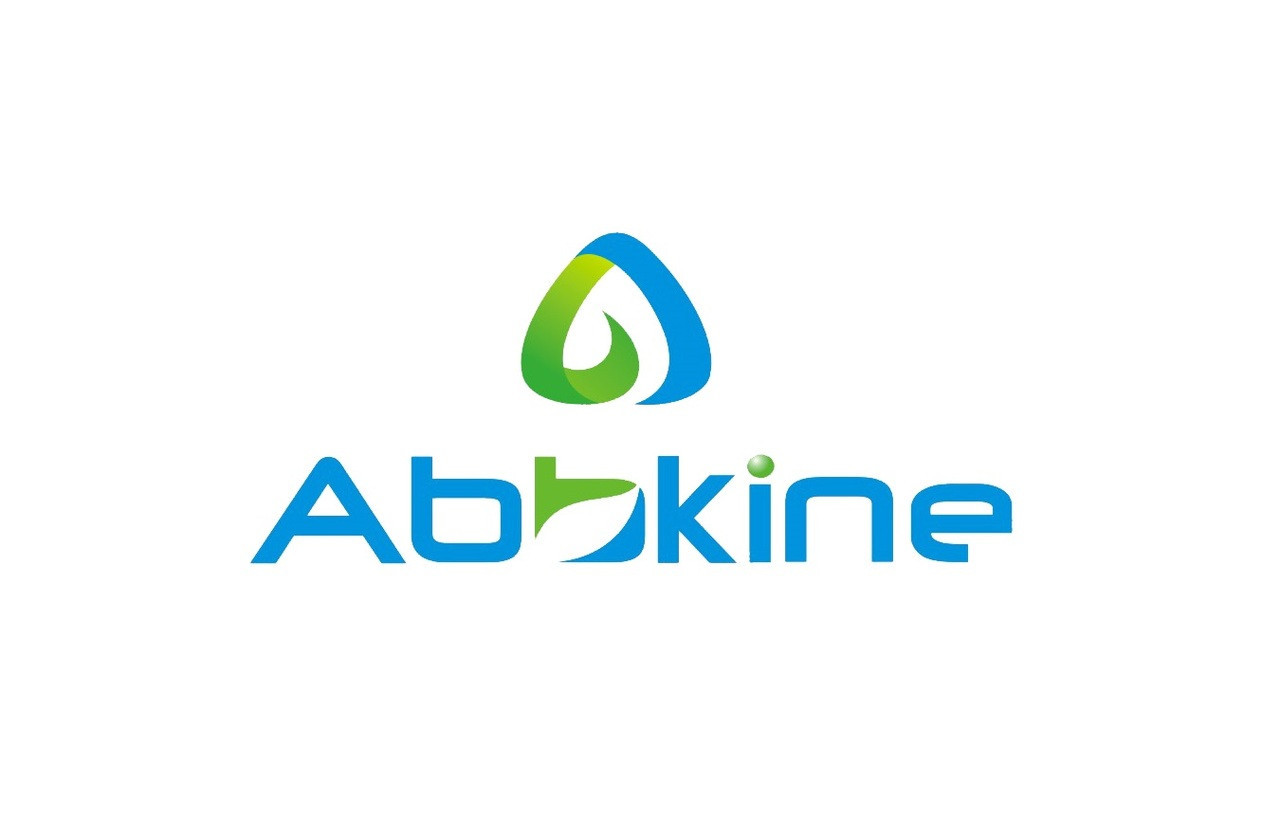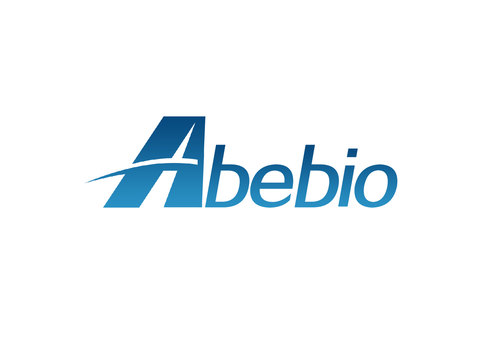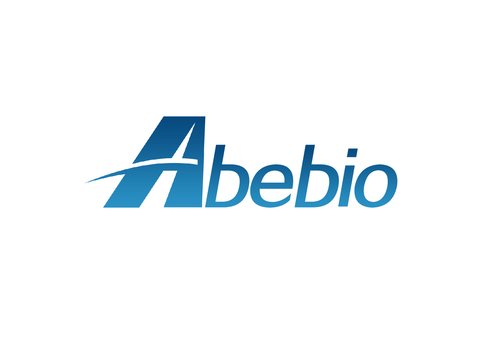Product Description
Mouse Glutamyl-tRNA (QRSL1) ELISA Kit | KTE70580 | Abbkine
Application: This Mouse Glutamyl-tRNA (QRSL1) ELISA Kit employs a two-site sandwich ELISA to quantitate QRSL1 in samples. An antibody specific for QRSL1 has been pre-coated onto a microplate. Standards and samples are pipetted into the wells and anyQRSL1 present is bound by the immobilized antibody. After removing any unbound substances, a biotin-conjugated antibody specific for QRSL1 is added to the wells. After washing, Streptavidin conjugated Horseradish Peroxidase (HRP) is added to the wells. Following a wash to remove any unbound avidin-enzyme reagent, a substrate solution is added to the wells and color develops in proportion to the amount of QRSL1 bound in the initial step. The color development is stopped and the intensity of the color is measured.
Detection Method: Colorimetric
Conjugate: N/A
Sample Type: Cell culture supernatants#Serum#Plasma#Other biological fluids
Assay Type: Multiple steps standard sandwich ELISA assay with a working time of 3-5 hours. It depends on the experience of the operation person.
Kit Component: • Mouse Glutamyl-tRNA microplate
• Mouse Glutamyl-tRNA standard
• Mouse Glutamyl-tRNA detect antibody
• Streptavidin-HRP
• Standard diluent
• Assay buffer
• HRP substrate
• Stop solution
• Wash buffer
• Plate covers
Features & Benefits: Mouse Glutamyl-tRNA (QRSL1) ELISA Kit has high sensitivity and excellent specificity for detection of Mouse QRSL1. No significant cross-reactivity or interference between Mouse QRSL1 and analogues was observed.
Calibration Range: Please inquire
Limit Of Detection: Please inquire
Usage Note: • Do not mix components from different kit lots or use reagents beyond the kit expiration date.
• Allow all reagents to warm to room temperature for at least 30 minutes before opening.
• Pre-rinse the pipet tip with reagent, use fresh pipet tips for each sample, standard and reagent to avoid contamination.
• Unused wells must be kept desiccated at 4 °C in the sealed bag provided.
• Mix Thoroughly is very important for the result. It is recommended using low frequency oscillator or slight hand shaking every 10 minutes.
• It is recommended that all samples and standards be assayed in duplicate or triplicate.
Storage Instruction: The unopened kit should be stored at 2 - 8°C. After opening, please store refer to protocols.
Shipping: Gel pack with blue ice.
Precaution The product listed herein is for research use only and is not intended for use in human or clinical diagnosis. Suggested applications of our products are not recommendations to use our products in violation of any patent or as a license. We cannot be responsible for patent infringements or other violations that may occur with the use of this product.
Background: QRSL1 belongs to the amidase family, similar to glutaminyl-tRNA synthetase. Glutaminyl-tRNA synthetase is a class Ic synthetase and shows several similarities with glutamyl-tRNA synthetase concerning structure and catalytic properties. It is an alpha2 dimer. Glutaminyl-tRNA synthetase is a relatively rare synthetase, found in the cytosolic compartment of eukaryotes, in Escherichia coli and a number of other Gram-negative bacteria, and in Deinococcus radiodurans. In contrast, the pathway to Gln-tRNA in mitochondria, Archaea, Gram-positive bacteria, and a number of other lineages is by misacylation with Glu followed by transamidation to correct the aminoacylation to Gln. A stable glutaminly-adenylate analog, which inhibits GlnRS with a Ki of 1.32 microM, was synthesized and cocrystallized with GlnRS and tRNA2Gln.
Alternative Names: QRSL1; DKFZp564C1278; FLJ10989; FLJ12189; FLJ13447; GatA;
Search name: QRSL1; DKFZp564C1278; FLJ10989; FLJ12189; FLJ13447; GatA;
Tag: QRSL1
 Euro
Euro
 USD
USD
 British Pound
British Pound
 NULL
NULL








